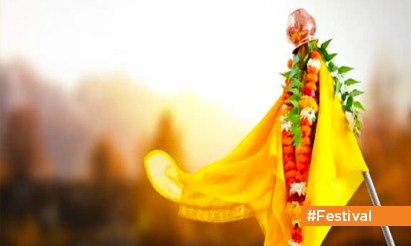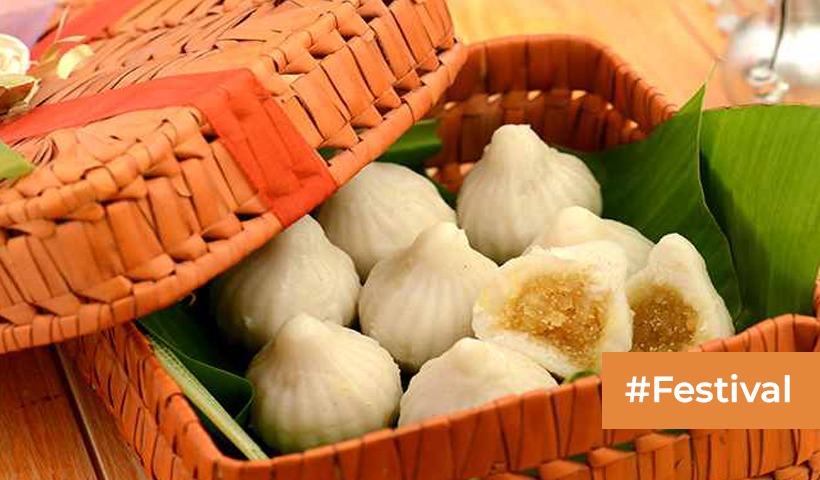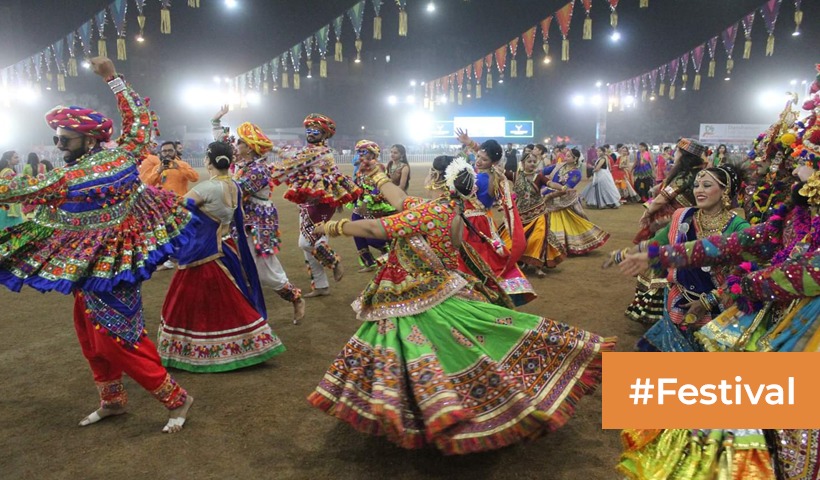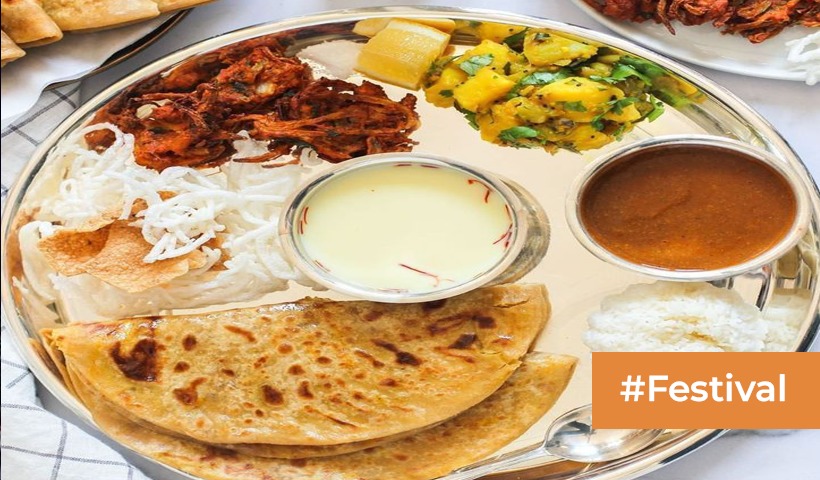All About the Navratri Golu: A Celebration of Creativity and Culture!
Navratri, the nine-night Hindu festival dedicated to the divine feminine, is celebrated with immense fervor and enthusiasm in various parts of India. One of the most intriguing and colorful traditions associated with Navratri is the “Golu” or “Kolu” display. Golu is a unique and artistic arrangement of dolls, figurines, and other decorative items, often set up in South Indian homes as a way to celebrate the festival. In this blog, we’ll delve into the world of Navratri Golu, exploring its significance, traditions, and the creative artistry it involves.
The Essence of Navratri Golu
Golu, which means “to heap” or “to pile,” refers to the arrangement of dolls and figurines in a multi-tiered display. This display is traditionally set up in South Indian households during the Navratri festival, which typically falls in September or October. The Golu is an artistic representation of the diverse and colorful cultural and mythological aspects of Indian life.
The Golu Display: A Work of Art
Creating a Golu is not just a tradition but a creative expression. The arrangement typically includes:
- Gods and Goddesses: Statues or dolls representing Hindu deities are a central feature of the Golu. The top tier often features idols of Goddesses Durga, Saraswati, and Lakshmi, and sometimes Lord Ganesha.
- Cultural Themes: In addition to religious deities, Golu displays often include figurines representing scenes from Indian mythology and history, as well as aspects of daily life.
- Dolls and Figurines: Small dolls, figurines, and toys are artfully arranged on the lower tiers. These could include traditional Indian dolls, miniature kitchen utensils, and even modern action figures.
- Miniature Settings: Some Golu enthusiasts create intricate miniature settings like villages, gardens, or palaces to complement the dolls and figurines.
- Lights and Decorations: Golu displays are often adorned with lamps, flowers, and colorful decorations to enhance their visual appeal.
The Significance of Golu
Golu holds a special place in Navratri celebrations for several reasons:
- Devotion: It’s a way for devotees to express their devotion to the divine and connect with their cultural and religious roots.
- Community Bonding: Golu often involves inviting friends and family to view the display. This fosters a sense of community and togetherness.
- Cultural Preservation: It helps preserve and promote Indian culture, art, and mythology, especially among the younger generations.
- Creative Expression: Golu allows for artistic expression and creativity, as families often compete to create the most impressive and unique displays.
Golu Traditions
The Golu display is typically set up on a stepped platform, with odd numbers of tiers ranging from three to nine, signifying the nine nights of Navratri. The dolls are arranged in a specific order, with deities at the top, followed by mythological scenes, and then everyday life settings. Visitors, often women and children, are invited to view the Golu, sing songs, and receive gifts and prasad (blessed offerings).
The Navratri Golu is a beautiful and culturally rich tradition that celebrates the diversity and spirituality of Indian life. It’s an opportunity for families to come together, express their creativity, and showcase their devotion. Whether you’re setting up a Golu display or simply visiting one, it’s an experience that offers a glimpse into the vibrant tapestry of Indian culture and heritage. As Navratri approaches, consider exploring or participating in this unique and artistic tradition.
Navratri, the nine-night Hindu festival dedicated to the divine feminine, is celebrated with immense fervor and enthusiasm in various parts of India. One of the most intriguing and colorful traditions associated with Navratri is the “Golu” or “Kolu” display. Golu is a unique and artistic arrangement of dolls, figurines, and other decorative items, often set up in South Indian homes as a way to celebrate the festival. In this blog, we’ll delve into the world of Navratri Golu, exploring its significance, traditions, and the creative artistry it involves.
The Essence of Navratri Golu
Golu, which means “to heap” or “to pile,” refers to the arrangement of dolls and figurines in a multi-tiered display. This display is traditionally set up in South Indian households during the Navratri festival, which typically falls in September or October. The Golu is an artistic representation of the diverse and colorful cultural and mythological aspects of Indian life.
The Golu Display: A Work of Art
Creating a Golu is not just a tradition but a creative expression. The arrangement typically includes:
- Gods and Goddesses: Statues or dolls representing Hindu deities are a central feature of the Golu. The top tier often features idols of Goddesses Durga, Saraswati, and Lakshmi, and sometimes Lord Ganesha.
- Cultural Themes: In addition to religious deities, Golu displays often include figurines representing scenes from Indian mythology and history, as well as aspects of daily life.
- Dolls and Figurines: Small dolls, figurines, and toys are artfully arranged on the lower tiers. These could include traditional Indian dolls, miniature kitchen utensils, and even modern action figures.
- Miniature Settings: Some Golu enthusiasts create intricate miniature settings like villages, gardens, or palaces to complement the dolls and figurines.
- Lights and Decorations: Golu displays are often adorned with lamps, flowers, and colorful decorations to enhance their visual appeal.
The Significance of Golu
Golu holds a special place in Navratri celebrations for several reasons:
- Devotion: It’s a way for devotees to express their devotion to the divine and connect with their cultural and religious roots.
- Community Bonding: Golu often involves inviting friends and family to view the display. This fosters a sense of community and togetherness.
- Cultural Preservation: It helps preserve and promote Indian culture, art, and mythology, especially among the younger generations.
- Creative Expression: Golu allows for artistic expression and creativity, as families often compete to create the most impressive and unique displays.
Golu Traditions
The Golu display is typically set up on a stepped platform, with odd numbers of tiers ranging from three to nine, signifying the nine nights of Navratri. The dolls are arranged in a specific order, with deities at the top, followed by mythological scenes, and then everyday life settings. Visitors, often women and children, are invited to view the Golu, sing songs, and receive gifts and prasad (blessed offerings).
The Navratri Golu is a beautiful and culturally rich tradition that celebrates the diversity and spirituality of Indian life. It’s an opportunity for families to come together, express their creativity, and showcase their devotion. Whether you’re setting up a Golu display or simply visiting one, it’s an experience that offers a glimpse into the vibrant tapestry of Indian culture and heritage. As Navratri approaches, consider exploring or participating in this unique and artistic tradition.




